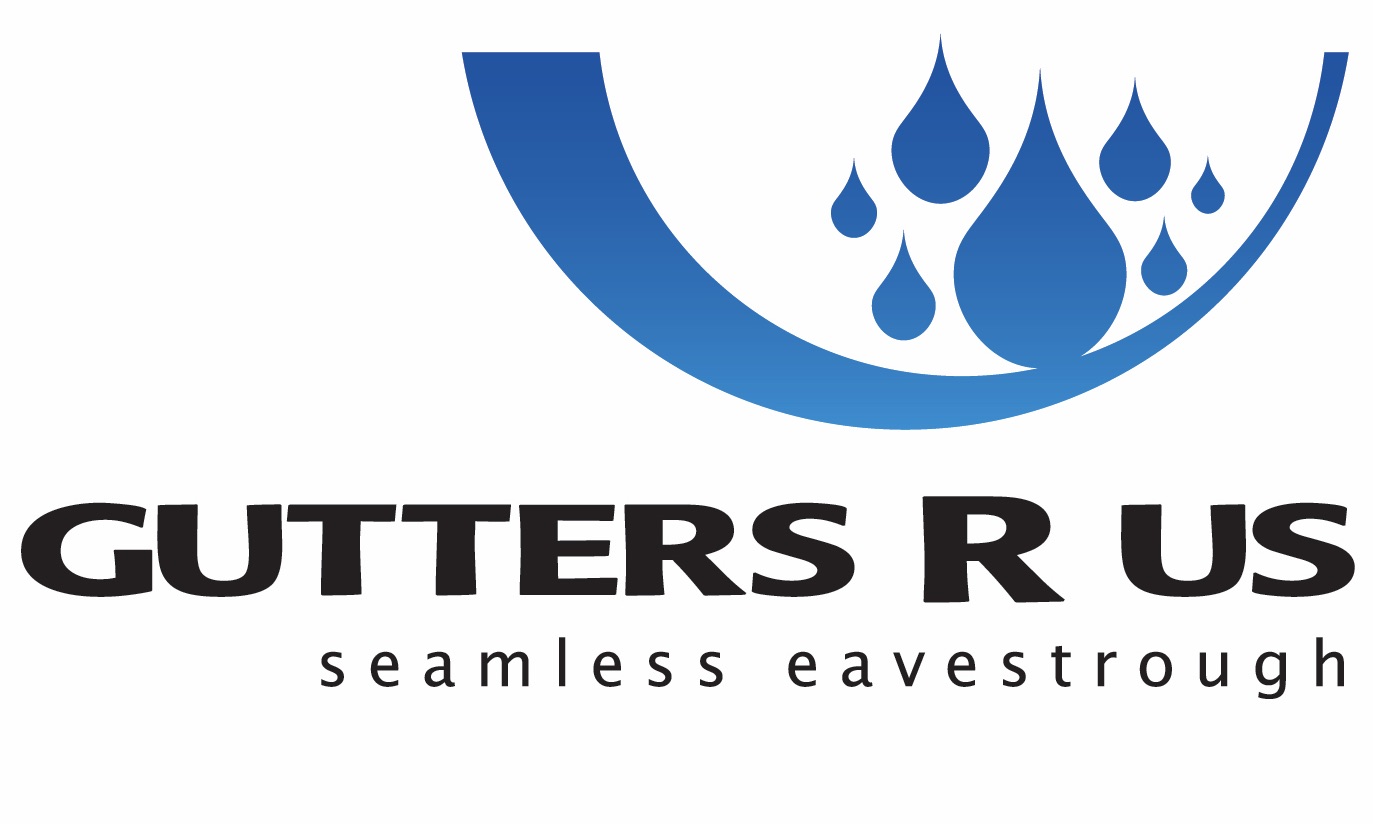Rain Chains Vs Downspouts
To understand how rain chains can be a superior choice to conventional gutter downspouts, it is first helpful to understand the function of them in the first place. The rainwater that falls on a roof must be managed so that it falls off of the roof in a controlled manner. This is so that it does not get too close to the foundation and also so that it remains clear of falling over the threshold points for entering and exiting the structure. In order to accomplish this, gutters and downspouts are placed along the edges of the roof to capture the runoff. The size of the roof will determine the frequency of downspouts that are needed. Rain chains fulfill the purpose of the downspout by acting as the conduit through which water travels from the gutter lining the roof to the ground or catchment system below.
If water were to simply fall out of a hole in the gutter in an uncontrolled manner, without a downspout to lead it to the ground, then the falling water would be more likely to cause erosion at the point it hits the ground. Downspouts of course solve this problem.
Rain chains fulfill the same purpose but also with some added benefits as well. Both link and cup style chains break the flow of water as it is guided to the ground so that the impact is mitigated. Rain chains are far more attractive than conventional spouts. They most often complement the look of the structure.
Although rain chains do have a certain amount of splashing due to the fact that they are an open system, the splashing should not be any more excessive than the exit point of a conventional downspout, given there are adequate exit points for the size of the roof.
Rain chains ultimately not only fulfill the same functions of the conventional downspout, but they also have the added benefit of accenting the overall look of the architecture. The trend in new construction is toward a greater use of rain chains in lieu of downspouts.


